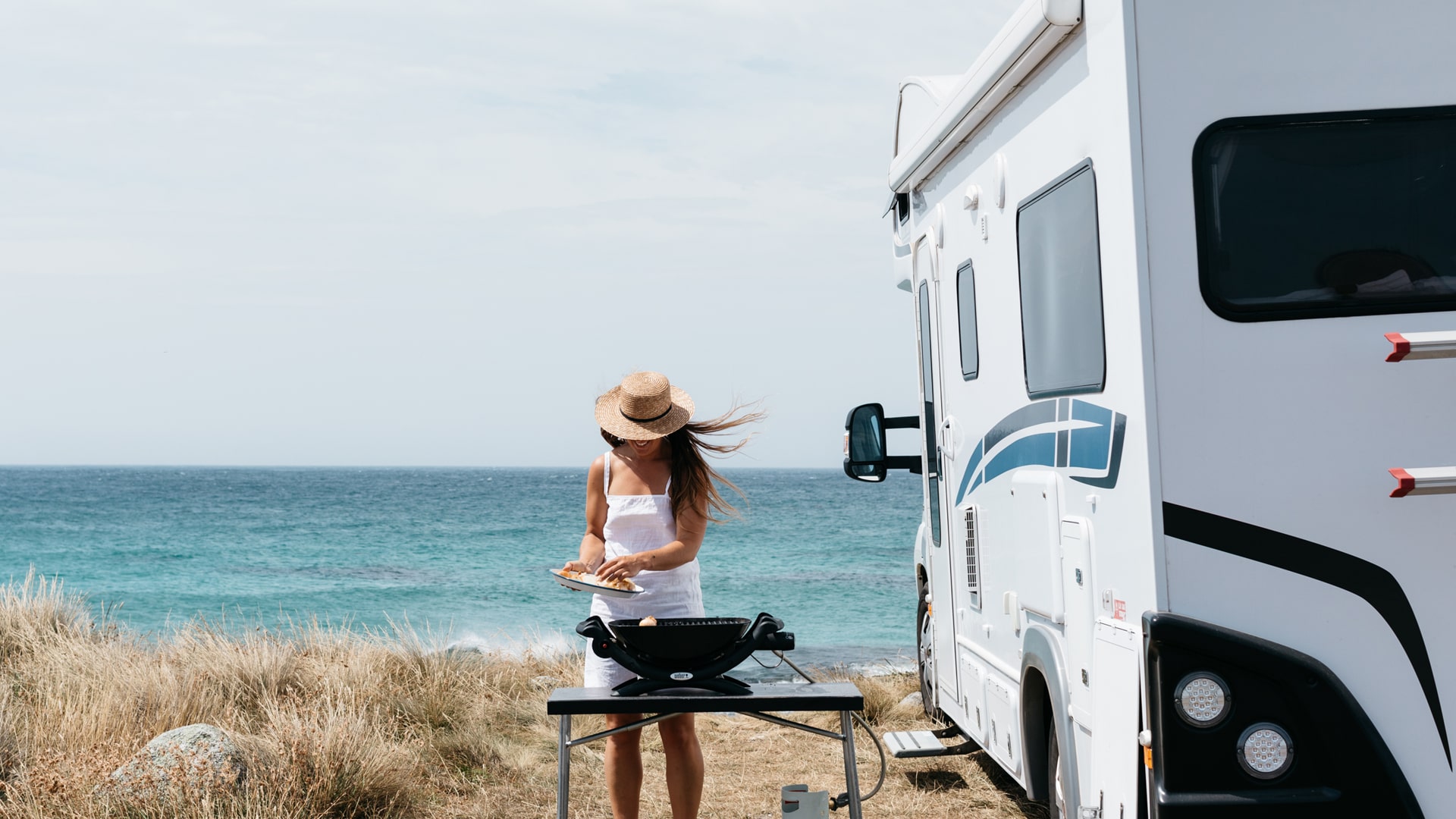RV Safety: How to Stay Secure on the Road and at the Campsite
Whether you’re cruising down a scenic highway or settling in for a weekend in the woods, safety is a top priority for every RV owner. With a combination of driving, living, and electrical systems all in one unit, RVs bring unique challenges that go beyond standard travel. Here’s a comprehensive guide to staying safe in your RV — on the road, at the campsite and everywhere in between.
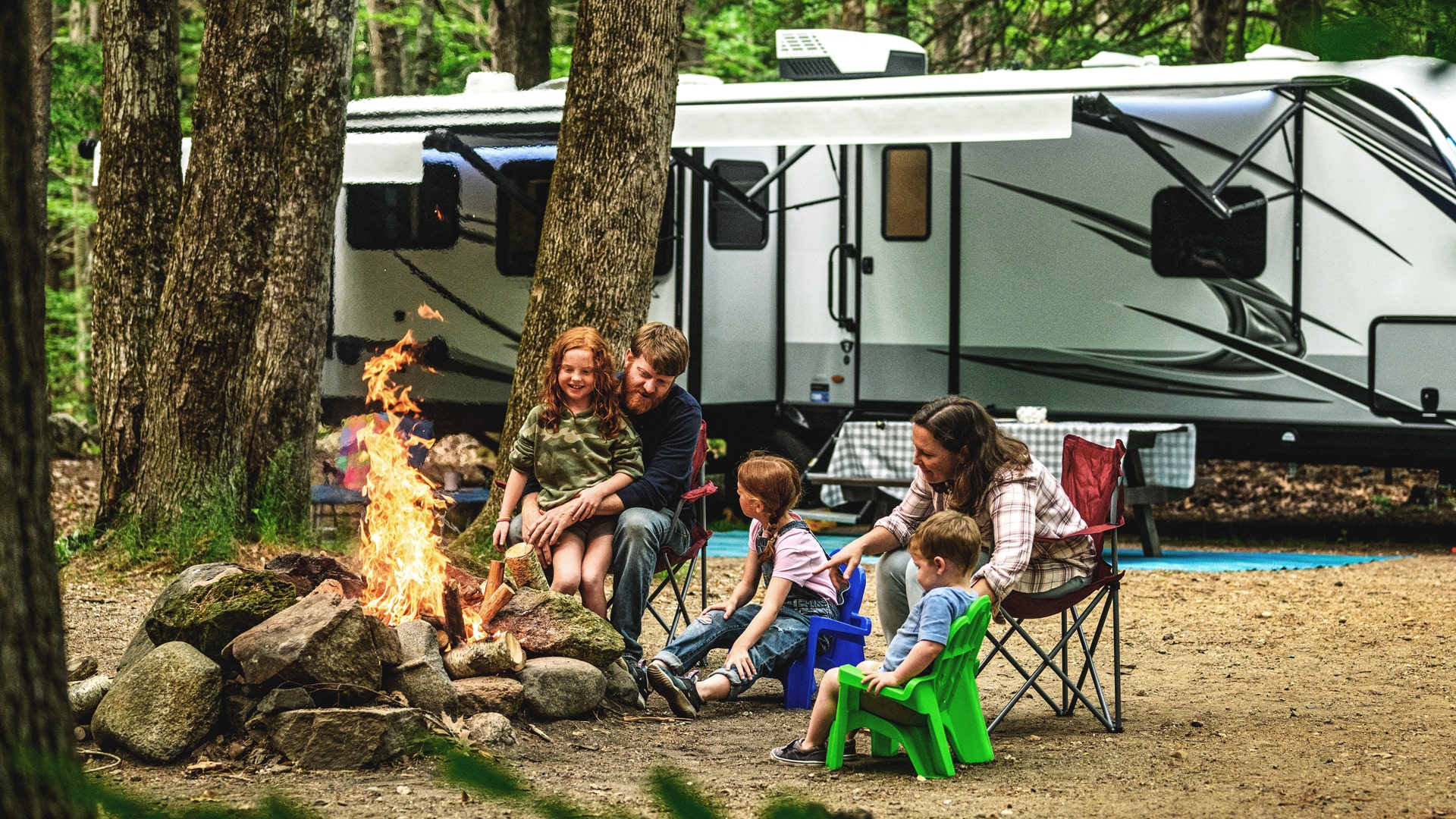
Before You Hit the Road: Pre-Trip Safety Checklist
A safe trip begins with preparation. Before every journey, inspect your RV with a quick but thorough walkaround:
- Check tire pressure and tread — including the spare
- Test all lights: brake lights, turn signals and running lights
- Secure all cargo, inside and out
- Inspect hitch connections for travel trailers and fifth wheels
- Test brakes, mirrors, and backup cameras
- Verify fluid levels: oil, coolant, transmission and windshield washer
This 10–15 minute check can prevent breakdowns and accidents — especially on long hauls.
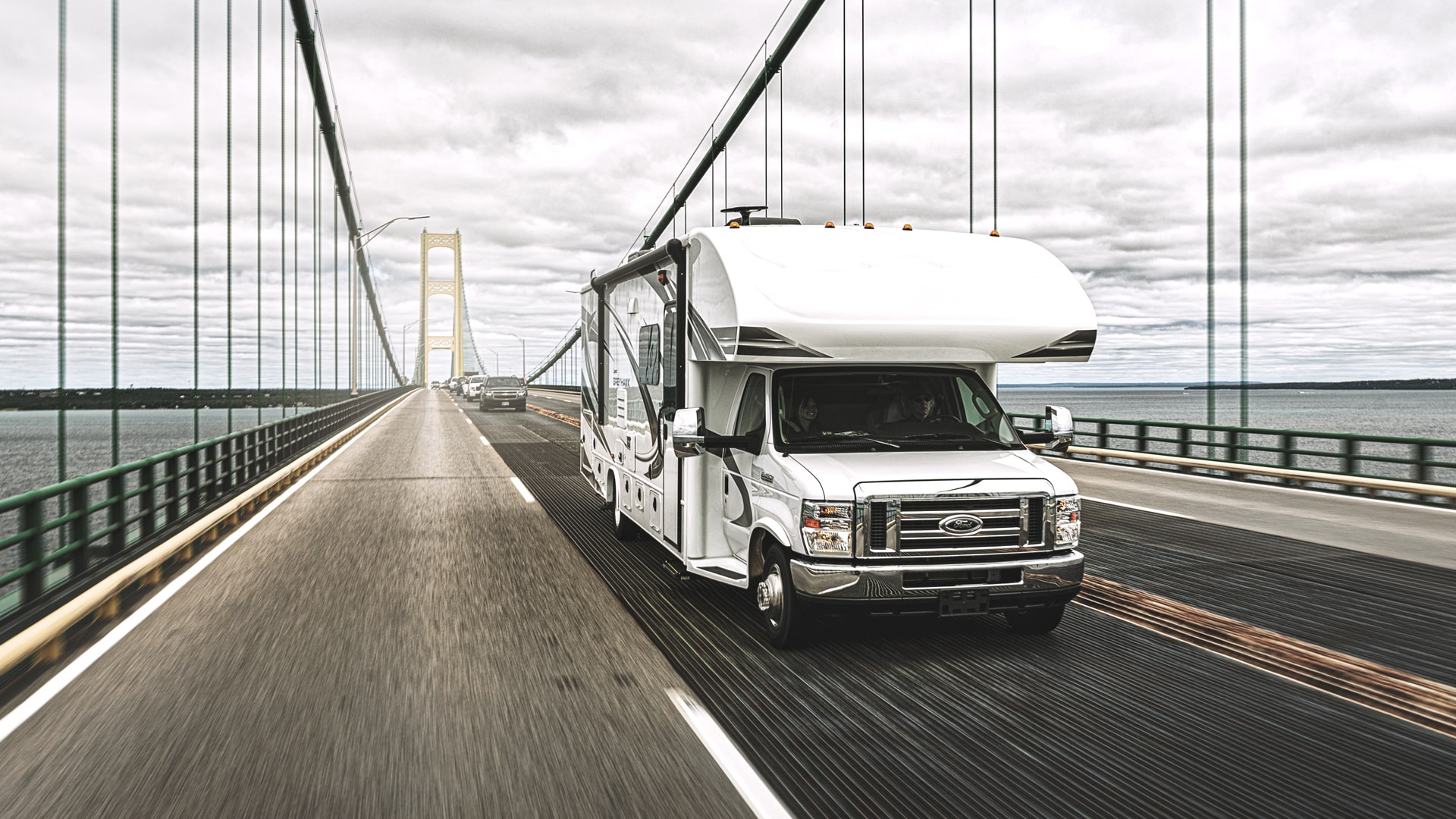
Driving Your RV Safely
RV driving requires a different mindset than driving a car or SUV:
- Mind your speed: RVs are heavier and take longer to stop
- Stay in the right lane and allow extra following distance
- Take wide turns, especially with trailers and longer motorhomes
- Use lower gears on steep grades to control descent
- Be aware of height and length restrictions: know your RV’s dimensions before entering tunnels, drive-thrus or narrow roads
Practice makes perfect — if you’re new, spend time in an open lot practicing parking, turning and backing up.
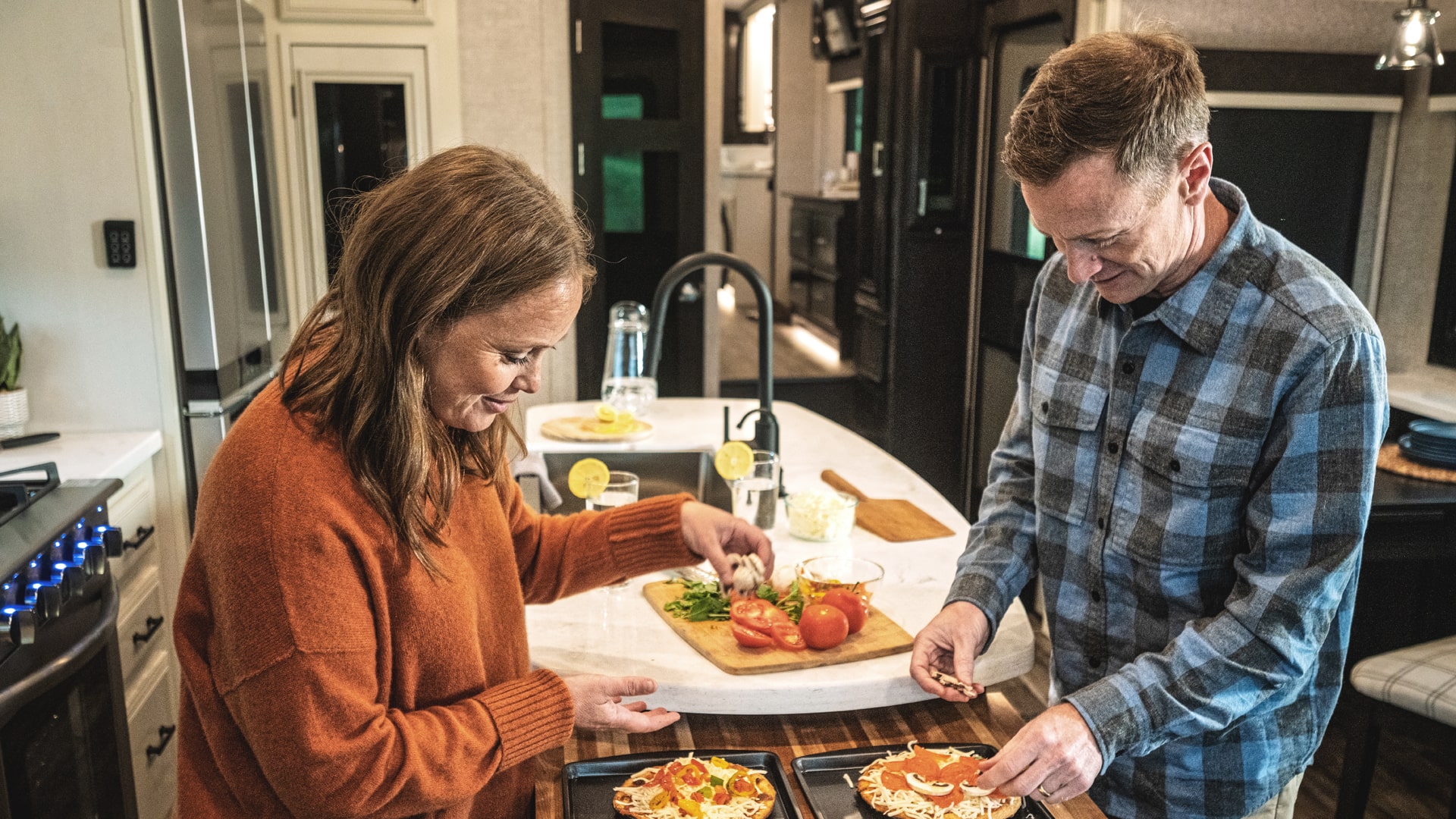
Fire and Carbon Monoxide Safety
RVs include cooking appliances, propane systems, and electrical hookups — all potential fire hazards. Always:
- Install and test smoke, propane and CO detectors regularly
- Keep a fire extinguisher easily accessible (and know how to use it)
- Never leave cooking unattended
- Inspect propane lines for leaks (use soapy water to detect bubbles)
- Turn off appliances when fueling or in transit
Regular inspections and caution go a long way in preventing fire-related incidents.
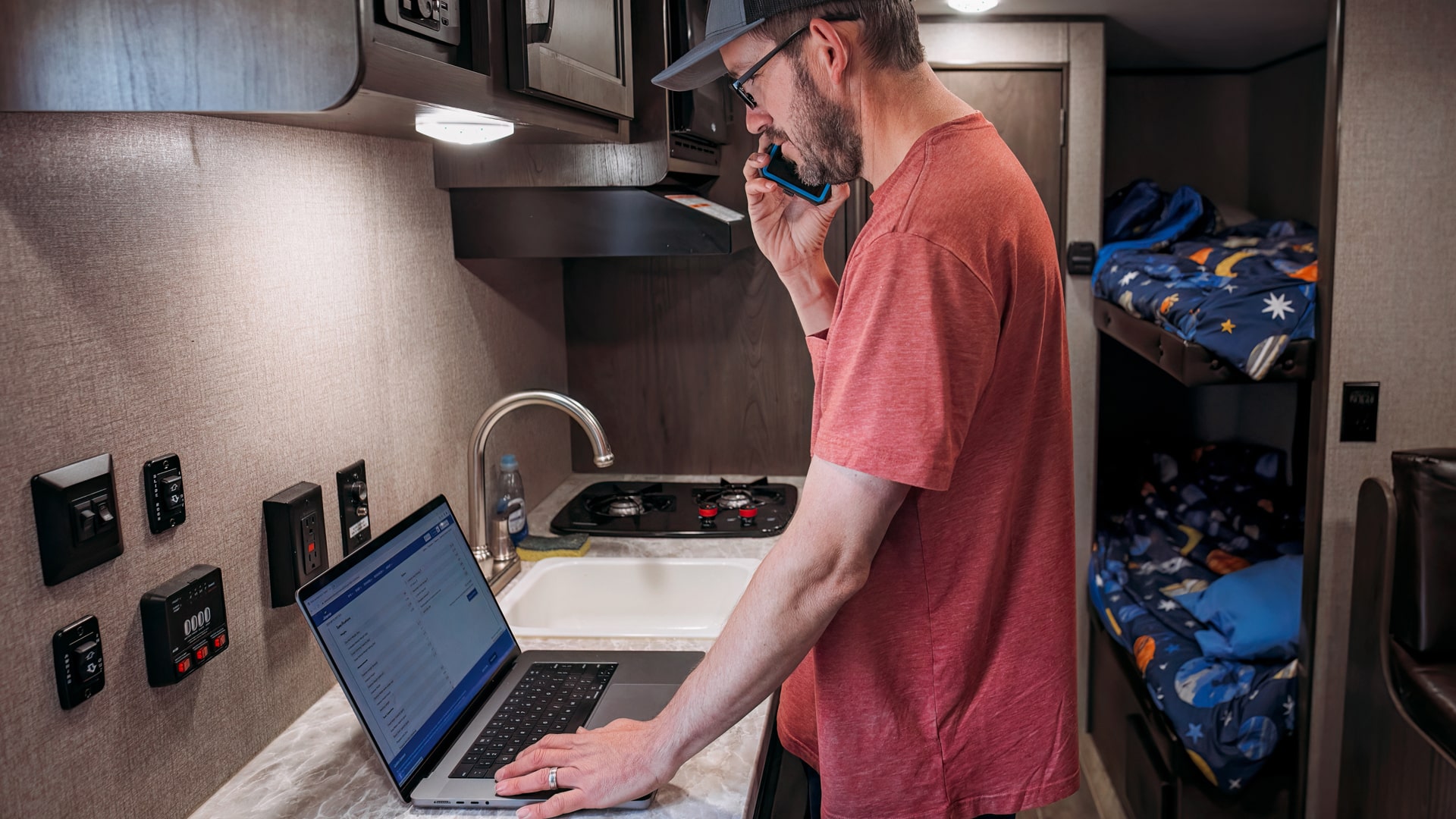
Electrical and Generator Safety
Whether connected to shore power or using a generator, follow these safety practices:
- Always use a surge protector when plugging into camp power
- Check cords and outlets for signs of damage or overheating
- Ventilate properly when using a generator to prevent carbon monoxide buildup
- Turn off heavy appliances before switching power sources
- Avoid overloading circuits
When in doubt, consult a professional RV technician — electricity is no place for guesswork.
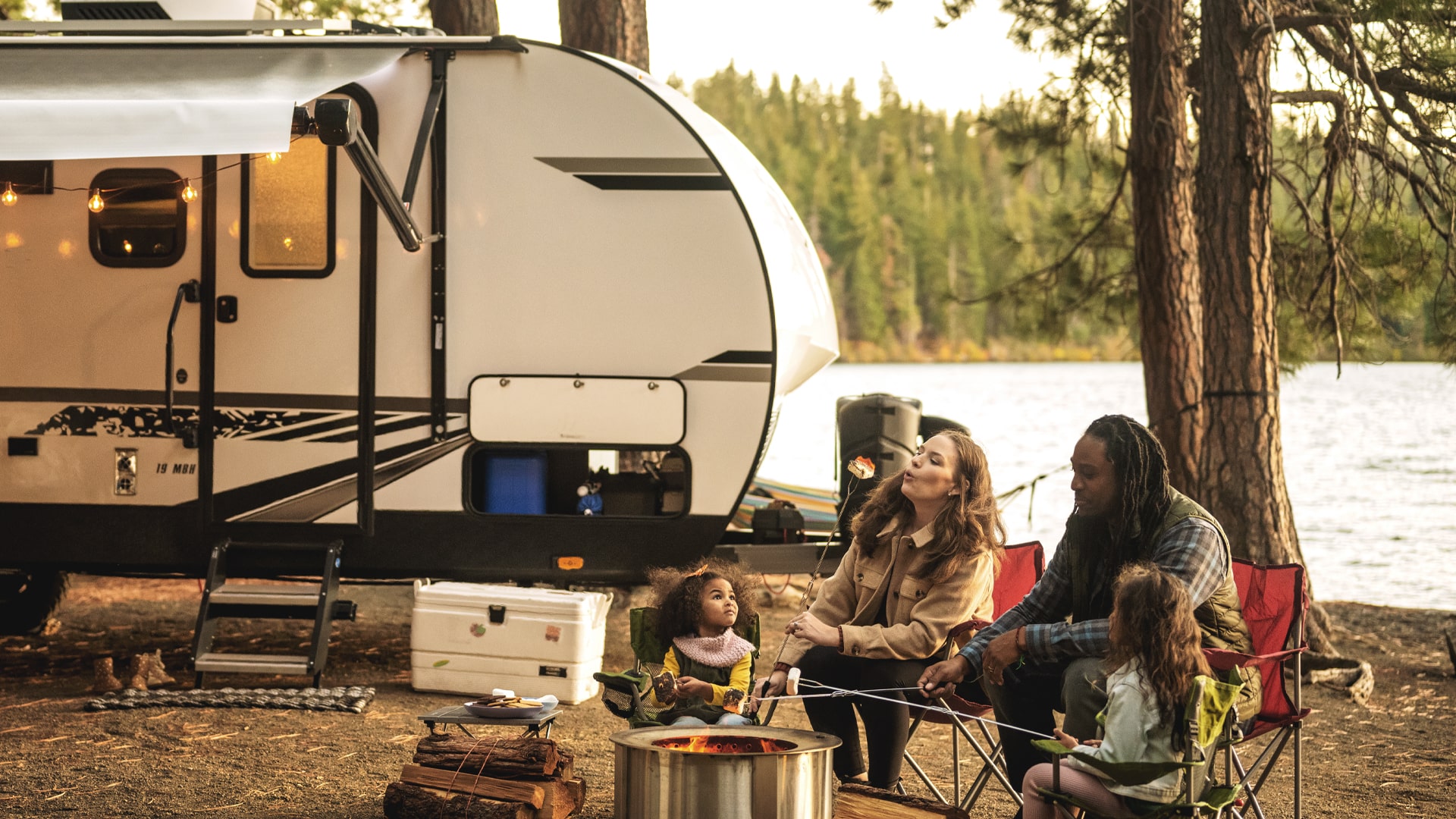
Campground and Boondocking Safety
Once parked, your focus shifts to personal and environmental safety:
- Level your RV with blocks or jacks to prevent tipping and improve stability
- Chock the wheels so your RV stays put
- Be mindful of wildlife, especially when boondocking — secure trash and food
- Lock doors and compartments when away or overnight
- Know your surroundings: locate emergency exits, fire pits and first-aid stations
A little awareness makes a big difference, especially in remote areas.
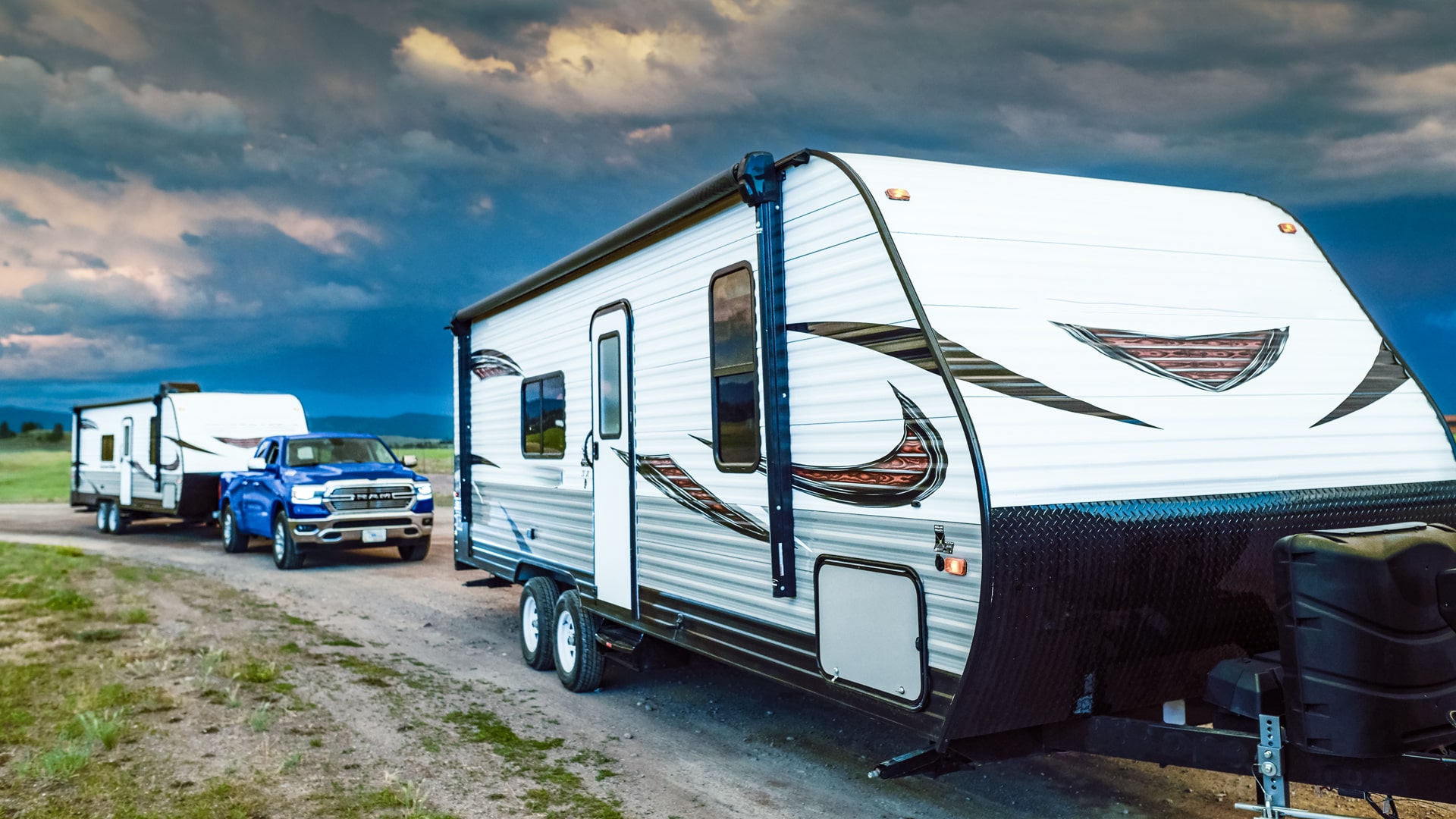
Emergency Preparedness
Even with all precautions, emergencies happen. Be ready with:
- A stocked first-aid kit
- Basic tool kit and spare parts (fuses, bulbs, hoses, etc.)
- Roadside emergency gear: warning triangles, flashlight, jumper cables
- Paper maps or downloaded offline maps in case of no signal
- A weather radio or app for alerts in severe weather
Have a plan for mechanical failures, health emergencies or evacuations — especially if you travel off-grid.
Final Thoughts
RVs offer unmatched freedom and adventure, but with that freedom comes responsibility. A proactive approach to safety ensures every trip is memorable for the right reasons. Stay alert, stay prepared and enjoy the journey with peace of mind.
Answers from our experts.
Every RV should be equipped with essential safety items including an ABC-rated fire extinguisher, functioning smoke and carbon monoxide detectors, and a well-stocked first aid kit. Additional critical equipment includes an emergency roadside kit with flares, reflective triangles, flashlight and basic tools, plus a fire blanket for kitchen fires. A propane detector, tire pressure monitoring system, and emergency exit tools like window breakers are also important. Keep emergency contact information and roadside assistance numbers readily available, and ensure all family members know where safety equipment is located and how to use it.
Fire prevention requires regularly inspecting electrical systems for damage, never overloading outlets, keeping flammable materials away from heat sources, and never leaving cooking unattended. For gas leak prevention, inspect propane connections, hoses and regulators before each trip using the soapy water test, where bubbles indicate a leak. Turn off propane tanks when traveling or when the RV is not in use, ensure your LP gas detector is functioning, and have the system professionally inspected annually. If you smell gas, immediately turn off the propane at the tank, evacuate the RV, avoid creating sparks, and contact a professional before re-entering.
Safely pull over away from traffic, turn on hazard lights, and place reflective triangles or flares 100 to 300 feet behind your RV. Stay inside if possible while assessing the situation, then contact your roadside assistance provider or an RV-experienced towing service. Keep your phone charged and have water and snacks available while waiting for help. If you must exit on a highway, use the passenger side away from traffic. Prevent breakdowns by maintaining regular servicing, keeping an emergency kit with basic tools, investing in RV-specific roadside assistance coverage, and knowing your RV's dimensions for towing purposes.

